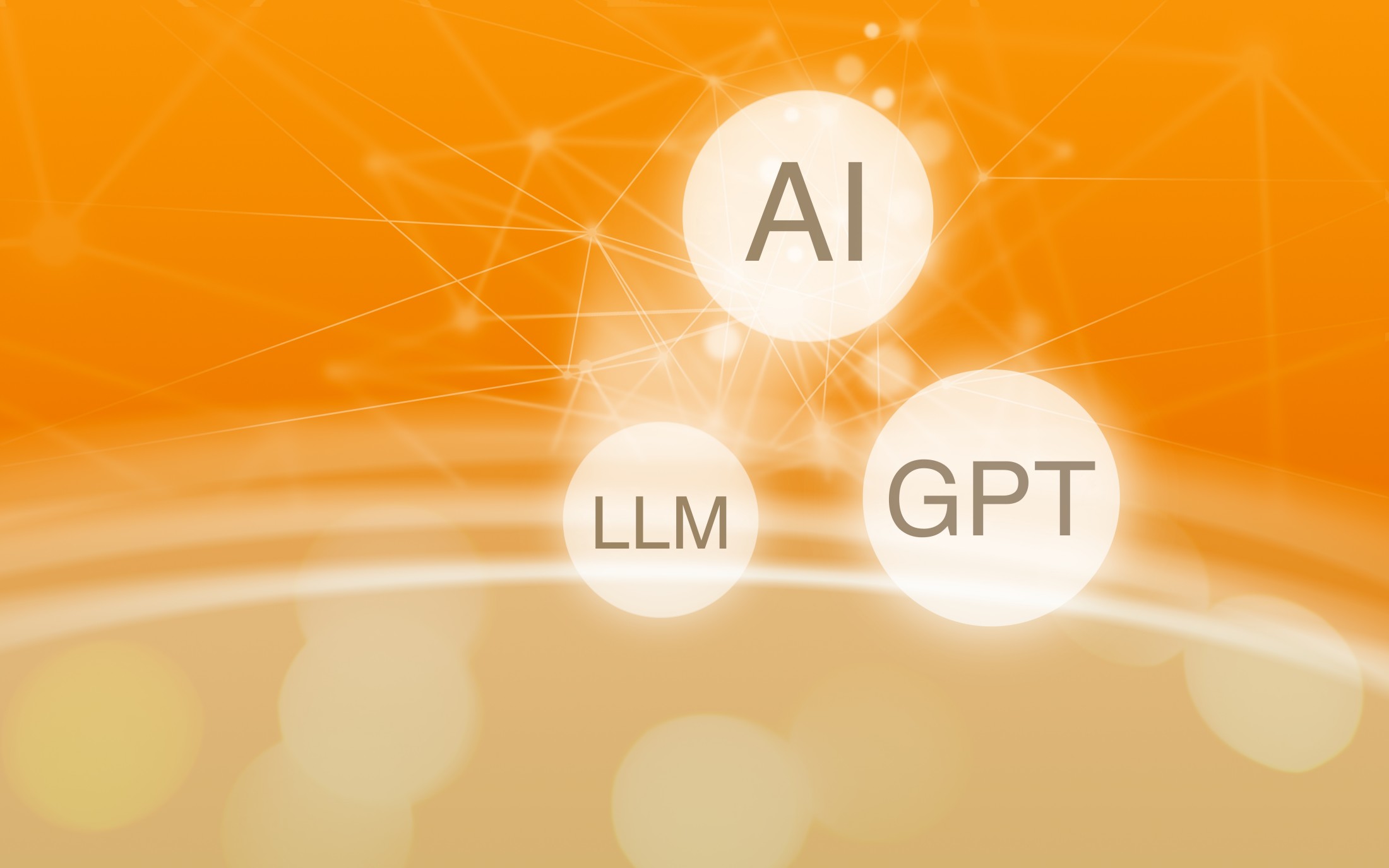Event management is a multifaceted discipline that involves the strategic planning, execution, and analysis of events ranging from small gatherings to large-scale international conferences. It covers a broad spectrum of activities that ensure an event is not only organized but also memorable and achieves the desired outcomes for its hosts and attendees.
The scope of event management can include everything from the initial concept and planning stages to logistics, execution, and post-event evaluation.
Planning and Goal Setting
Effective event management starts with meticulous planning and goal setting. These initial steps lay the foundation for the success of any event, ensuring that every component aligns with the overarching objectives.
Clear objectives provide direction and a benchmark against which the event’s success can be measured. Objectives help clarify the purpose of the event, whether it's to educate, celebrate, motivate, or raise awareness. They ensure that all stakeholders have a unified vision, which helps in making decisions and allocating resources efficiently.
How to Set Measurable Goals for an Event
Setting measurable goals for an event involves defining specific outcomes that can be quantitatively or qualitatively assessed.
- Goals should be specific enough to provide clear direction. For instance, instead of aiming to "increase awareness," specify what kind of awareness and among which audience segments.
- Each goal should have criteria for measuring progress and success. For example, if the objective is to enhance customer engagement, a measurable goal could be to increase attendee interaction by 30% through live polling and Q&A sessions.
- Ensure that the goals are attainable given the resources, time, and budget. Unrealistic goals can demotivate the team and lead to failure in meeting expectations.
- Goals must align with the overall objectives of the organization hosting the event. This alignment ensures that the event contributes to broader strategic outcomes.
- Each goal should have a deadline or a specific timeframe within which it should be achieved. This helps in planning all the activities and keeps the team focused on timely execution.
Registration and Ticketing Systems
Registration and ticketing affects everything from attendee satisfaction to the management of event finances. Utilizing automated online registration systems and integrating payment gateways are key strategies that can significantly enhance these processes.
Automated Online Registration Systems
Automated online registration systems simplify the process of managing attendee information and reduce the administrative burden on event organizers. These systems enable participants to register for events at their convenience, providing a user-friendly interface that can handle various registration scenarios, including group registrations, early bird specials, and special requests.
Advantages of online registration systems:
- Collects all necessary attendee information, such as contact details, preferences, and dietary restrictions, in a structured format that is easy to analyze and use.
- Allows event organizers to customize forms and registration processes to match the specific needs of the event, including the addition of custom fields and branding options.
- Provides up-to-date information on registration status, helping organizers monitor attendance and make informed decisions about venue size, catering needs, and other logistics.
- Minimizes human errors associated with manual data entry, ensuring accuracy in attendee information and registration counts.
Integrated Payment Gateways
Integrating payment gateways within the registration process is another element that can improve efficiency of ticketing systems. Payment gateways facilitate the secure processing of payments online, allowing attendees to pay for registration fees, merchandise, and additional services directly through the registration platform.
These technologies not only streamline administrative tasks but also enhance attendee satisfaction, contributing significantly to the overall success of the event. Advantages Include:
- Provides a smooth, hassle-free payment process without the need to redirect users to external sites, which can enhance the user experience and increase completion rates.
- Utilizes robust security measures to protect sensitive financial data, giving attendees peace of mind when making transactions.
- Offers instant confirmation of payments, which is beneficial for both attendees and organizers. This immediate feedback can also speed up the registration process.
- Helps organizers keep track of all financial transactions in one place, simplifying the accounting process and providing valuable insights into the financial aspects of the event.
Attendee Engagement
Engaging your audience is an important aspect of successful event management. A highly engaged audience is more likely to find the event memorable, valuable, and worth sharing with others.
Audience interaction transforms passive attendees into active participants, creating a dynamic environment that fosters learning, networking, and engagement. Interaction encourages feedback and dialogue, which can provide valuable insights for both presenters and organizers, enabling them to adjust content and delivery in real-time to better meet the audience’s needs.
- Interactive Websites and Mobile Apps
Creating interactive websites and dedicated mobile apps for events can significantly enhance attendee engagement. These platforms can serve as central hubs where attendees can access event schedules, speaker bios, session locations, and other relevant information. Features like personalized agendas, live polls, and session feedback can keep attendees actively involved. - Real-Time Updates and Notifications
Utilizing push notifications or SMS to provide real-time updates about the event schedule, session changes, and other important information can keep attendees informed and engaged. This immediacy ensures that attendees feel connected and valued, improving their overall experience. - Gamification
Incorporating elements of gamification, such as quizzes, scavenger hunts, and interactive challenges, can make the event more enjoyable and engaging. These activities can also foster networking and collaboration among attendees.
Interactive Technologies to Keep Attendees Engaged
- Augmented Reality (AR) and Virtual Reality (VR)
Implementing AR and VR can create immersive experiences that captivate attendees. For example, AR can enhance physical venues by providing virtual overlays of information during tours or exhibitions, while VR can be used to simulate environments or to provide virtual attendance options. - Social Media Integration
Integrating social media into the event allows attendees to share their experiences and participate in conversations online. Features like live tweeting, streams, and event-specific hashtags can expand the conversation beyond the physical event space, creating a broader community interaction. - Feedback and Interaction Tools
Tools that facilitate real-time feedback, such as live polling or Q&A sessions, enable speakers to interact directly with the audience. This not only keeps the audience engaged but also makes the content more relevant to their interests and needs.
Technology Integration
The integration of technology offers new ways to enhance efficiency, engagement, and overall attendee experience. Staying abreast of current tech trends and understanding how to leverage them effectively can significantly streamline event processes and elevate the success of your events.
Current tech trends in the event industry:
- Virtual and Hybrid Events
The rise of virtual and hybrid events is one of the most significant trends reshaped by recent technological advancements and global circumstances. These formats use streaming and digital engagement platforms to extend the reach of events beyond physical venues, allowing global participation. - Mobile Event Apps
Custom mobile apps for events are becoming standard. These apps can house all event-related information, including schedules, maps, speaker bios, and networking tools. They often include features like personalized agendas, live polling, and Q&A sessions, which enhance attendee engagement. - RFID and Wearable Technology
Radio Frequency Identification (RFID) and wearable tech can improve the event experience by streamlining check-ins, providing cashless payment options, and facilitating easier access to various event sections. They can also track attendee movements within a venue to gather data on popular areas or sessions. - Artificial Intelligence (AI) and Chatbots
AI and chatbots can provide immediate, automated responses to attendee queries on websites and apps. They can handle a high volume of inquiries regarding schedules, logistics, content, and more, improving customer service and freeing up human resources for more complex tasks. - Augmented Reality (AR) and Virtual Reality (VR)
AR and VR are being increasingly adopted to create immersive and interactive experiences. Whether it’s virtual tours of an event space or AR games that engage attendees, these technologies are enhancing the way participants interact with events.
Marketing and Promotion Strategies
Effective marketing and promotion attracts the right audience and ensuring the success of any event. While digital strategies dominate modern marketing, traditional techniques still play a role in reaching broader demographics.
Social Media and Digital Marketing
- Social Media Campaigns
Utilizing platforms like Facebook, Instagram, Twitter, and LinkedIn can help reach a wide audience. Tailored Social Media Campaigns can engage potential attendees through creative content, such as teaser videos, behind-the-scenes looks, and speaker highlights. Using targeted ads can also help reach specific demographic groups who are most likely to be interested in the event. - Content Marketing
Creating valuable content that resonates with your target audience can attract and engage potential attendees. This might include blog posts, interviews with speakers, articles on industry trends, and infographics that provide useful information related to the event theme. - Email Marketing
Segmented email campaigns can be highly effective in reaching out to previous attendees and new prospects. Personalized messages that highlight the benefits of attending the event and offer early bird or group discounts can increase registration rates. - SEO Strategies:
Optimizing your event page for search engines can enhance visibility and draw organic traffic. Using relevant keywords, meta descriptions, and tags will help potential attendees find your event when they search for related topics.
Traditional Marketing Techniques
- Direct Mail
Sending personalized invitations or informative brochures can capture the attention of potential attendees, especially in sectors where digital saturation is high. This method can be particularly effective for local events or an audience that appreciates a tangible connection. - Networking and Community Engagement
Participating in community events, industry meetups, and other networking events can spread the word in relevant circles. Personal interactions often lead to higher engagement and interest levels. - Public Relations and Media Coverage
Getting local media outlets to cover the event can boost visibility significantly. Press releases, media invites to the event, and interviews with key participants can generate buzz and lend credibility. - Outdoor Advertising
Billboards, posters, and flyers strategically placed in high-traffic areas can increase local awareness, especially for events with broad appeal or those occurring in specific communities.
Data Analytics for Event Management
Data analytics in event management can provide insights into attendee behaviour and overall event performance. By analyzing data points such as registration times, attendance rates, session popularity, and feedback scores, organizers can identify what attracts attendees, what engages them, and areas where the event could improve.
Tools for Analyzing Event Data to Make Informed Decisions
- Event Management Software
Many modern event management platforms come equipped with built-in analytics tools. These systems can track a wide range of data points across the event lifecycle, from initial registrations through to post-event feedback. Features often include real-time analytics dashboards that provide a snapshot of key metrics, helping organizers to quickly assess the success of different aspects of the event. - Survey Tools
Post-event surveys are invaluable for gathering attendee feedback. Tools like SurveyMonkey or Google Forms can be used to create detailed surveys that measure satisfaction across various event components. Analyzing this feedback helps identify strengths and pinpoint areas for improvement. - Social Media Analytics
Platforms such as Facebook Insights and Twitter Analytics offer detailed data on how users interact with event-related posts. This information can be used to gauge the reach and engagement of social media campaigns, providing insights into which types of content resonate best with the audience. - Heatmaps and Session Tracking Tools
For larger events, especially those held in expansive venues, tools like heatmaps can show where attendees spend most of their time. Session tracking can also provide data on which sessions were most attended and rated highest, which is useful for planning future events. - A/B Testing Tools
When deciding between different marketing strategies or event features, A/B testing can reveal which options are more effective. Tools like Optimizely or Google Optimize allow organizers to test different versions of their event web pages to see which designs, messages, or offers generate better responses from potential attendees.
Event Accessibility
Creating an accessible event environment ensures that all attendees, regardless of their physical or digital access needs, can participate fully and navigate the event smoothly. This commitment to accessibility not only enhances the attendee experience but also expands your event’s reach and inclusivity.
Web Accessibility Features
- Responsive Design
Ensure that your event’s website is accessible on all devices, including smartphones, tablets, and desktop computers. A responsive design adapts to different screen sizes and orientations, making it easier for everyone to access information without barriers. - Screen Reader Compatibility
Optimize your website to be compatible with screen readers. This includes proper HTML tagging, meaningful link descriptions, and alternative text for images, which help visually impaired users understand and navigate your site. - Keyboard Navigation
Ensure that all interactive elements are accessible via keyboard. Many users with mobility impairments rely on keyboards instead of a mouse to navigate websites. - High Contrast and Text Size Options
Offer options to change text size and contrast on your website. These features help users with visual impairments read your content more easily. - Closed Captioning and Transcripts for Multimedia
Provide closed captioning for any audio or video content related to the event. Transcripts should also be available for users who prefer or need to access information in text form.
Event Accessibility
- Sign Language Interpretation
For live events, provide sign language interpreters or ensure that interpretation services can be arranged upon request. This service is vital for deaf or hard-of-hearing attendees. - Accessible Venue Layouts
Ensure that the physical venue is accessible, with ramps, elevators, and accessible restrooms. Consider the layout of rooms and spaces to make sure they are navigable for people with mobility aids. - Quiet Zones
Offer quiet zones or sensory rooms at your event where attendees who are overwhelmed by noise and crowds can relax in a less stimulating environment. This is particularly important for attendees with autism or sensory processing disorders. - Clear Signage and Visual Aids
Use large, high-contrast signage throughout your event venue to guide attendees to various locations. Include Braille on signs and provide maps or guides in multiple formats. - Flexible Registration Options
Offer various ways to register for the event, including online, by phone, or in person, to accommodate different preferences and access needs.
By implementing these web and physical accessibility features, you can ensure that your event is inclusive and welcoming to all attendees, regardless of their individual needs. This approach not only complies with accessibility laws and guidelines but also demonstrates a commitment to inclusivity and respect for every participant’s experience.
Safeguarding Attendee Data
Ensuring the security of sensitive information is paramount, especially for event management where vast amounts of personal data are often collected and stored. Implementing robust security measures is essential to protect attendee information from unauthorized access and potential breaches.
Security Measures Necessary for Protecting Sensitive Attendee Information
- Data Encryption
Encrypting data both in transit and at rest ensures that even if data is intercepted, it remains unreadable without the proper decryption key. Using strong encryption standards like AES (Advanced Encryption Standard) can significantly enhance data security. - Secure Access Controls
Implementing strong access control policies includes using multi-factor authentication (MFA) for accessing event management platforms, ensuring that only authorized personnel have access to sensitive data. - Regular Security Audits
Conducting regular security audits and vulnerability assessments can help identify and mitigate potential security gaps in your systems. These audits should be carried out by experienced cybersecurity professionals. - Secure Payment Systems
For events that involve financial transactions, it’s important to use payment processing systems that comply with the Payment Card Industry Data Security Standard (PCI DSS). This helps protect against fraud and ensures secure handling of credit card information.
Post-Event Analysis and Feedback
Conducting a thorough post-event analysis and gathering feedback not only provide insights into what worked and what didn't but also inform continuous improvement for future events.
Feedback is a valuable resource that offers direct insights from those who experienced the event firsthand—attendees, speakers, vendors, and staff. It helps organizers understand the event's impact and identify areas for enhancement. Gathering feedback demonstrates to participants that their opinions are valued and considered, which can improve satisfaction and loyalty.
- Structured Surveys
Develop structured surveys that ask specific questions about various aspects of the event, such as the registration process, quality of content, venue, and overall experience. Use both quantitative (e.g., ratings) and qualitative (e.g., open-ended questions) methods to gather comprehensive insights. - Live Polling and Q&A Sessions
Incorporate live polling and Q&A sessions during the event to gather real-time feedback. This immediate data can be particularly revealing and provide a snapshot of attendee sentiment and engagement levels. - Follow-Up Interviews
For more in-depth feedback, consider conducting follow-up interviews with key participants, such as major sponsors, presenters, and active attendees. These interviews can uncover detailed insights and potentially generate ideas for substantial improvements. - Analyzing Feedback
Compile and analyze the feedback systematically. Look for patterns and trends that suggest common experiences or issues. Use software tools that can help categorize and quantify feedback, making it easier to interpret. - Actionable Insights
Translate the insights gained into actionable items. Prioritize these based on their potential impact and feasibility. For instance, if many attendees found the registration process cumbersome, consider streamlining it with better software or more staff. - Communicating Changes
Inform past attendees about the changes made based on their feedback. This can be done through follow-up emails, newsletters, or posts on social media. Communicating these changes not only closes the feedback loop but also enhances engagement and trust in the event brand. - Continuous Improvement Cycle
Incorporate the learnings into the planning phase of your next event. Consider feedback as a cycle of continuous improvement where each event builds on the successes and learns from the shortcomings of the previous ones.
Event Success Through Strategic Integration
As you move forward, consider how technologies and strategies can be integrated into your own event planning processes. Whether it's through adopting new digital tools or refining existing approaches, the potential to improve is vast. With each event, you have the opportunity to innovate and push the boundaries of what is possible, making every gathering a showcase of efficiency and engagement.




